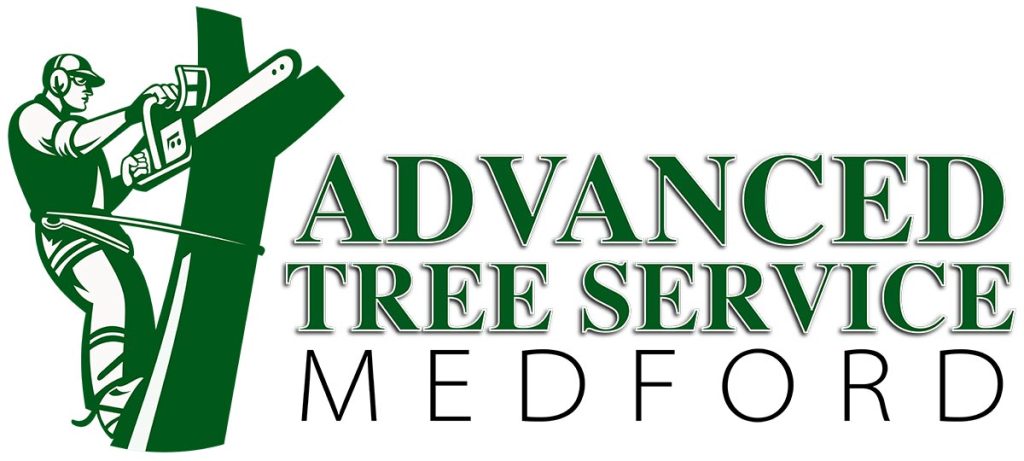Maintaining a pristine lawn throughout the year requires diligent care, especially during the warmer months of spring and summer. This preparation is crucial for ensuring your lawn’s health into the colder fall and winter seasons. An important winter issue to be aware of is snow mold, which becomes noticeable as the snow starts to recede, revealing white, gray, or pink patches on your lawn. These patches are indicative of a fungal growth that resembles snow.
Snow mold is a year-round resident in your soil, lying dormant during extreme temperatures, both in the height of summer and the depths of winter. It becomes most active when temperatures hover between 32-45°F, an ideal range for the mold to thrive and spread under snow cover.
Proactive Measures Against Snow Mold
If you face a snow mold outbreak, immediate remedies are limited. However, recognizing your lawn’s vulnerability to this fungus is the first step in preparing for future prevention. Here are some key strategies:
Short Mowing Pre-Snowfall – Trim your lawn shorter than usual before the first snowfall. Shorter grass traps less moisture, reducing the conditions favorable for mold growth. Regularly clearing fallen leaves throughout the year is also essential to prevent moisture accumulation.
Fungicidal Treatment – Invest in snow mold-specific fungicides and treat your lawn before the onset of heavy snow. Ensure that the product you choose is suitable for your lawn type.
Regular Dethatching – Conduct dethatching at least two or three times annually. This practice is critical in minimizing the risk of snow mold by promoting healthy grass and soil conditions.
Expert Assistance for Lawn Care
If snow mold affects your lawn, Advanced Tree and Landscape is here to assist. We offer services to rejuvenate your lawn in spring and strategies to prevent future snow mold damage. Reach out to us for comprehensive lawn care solutions and guidance.

